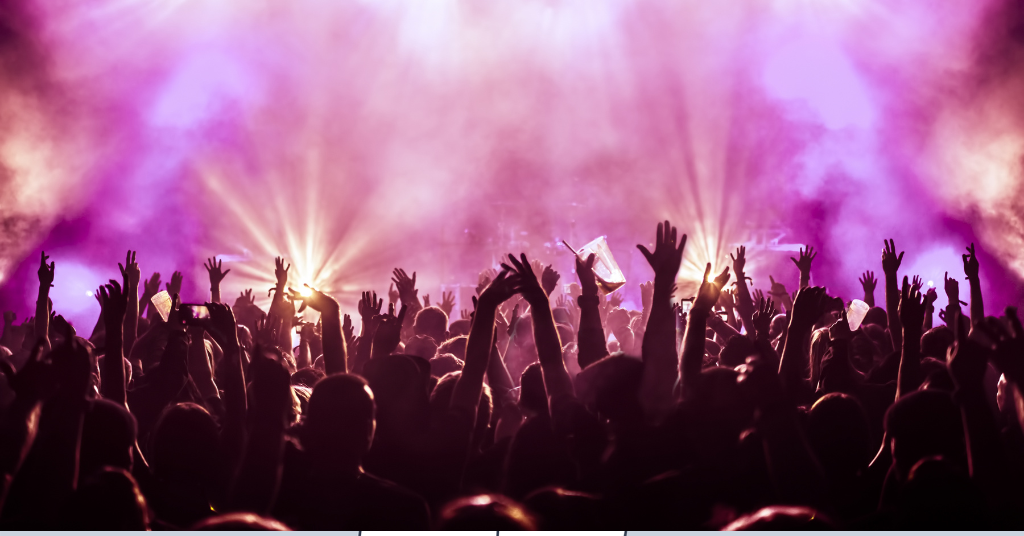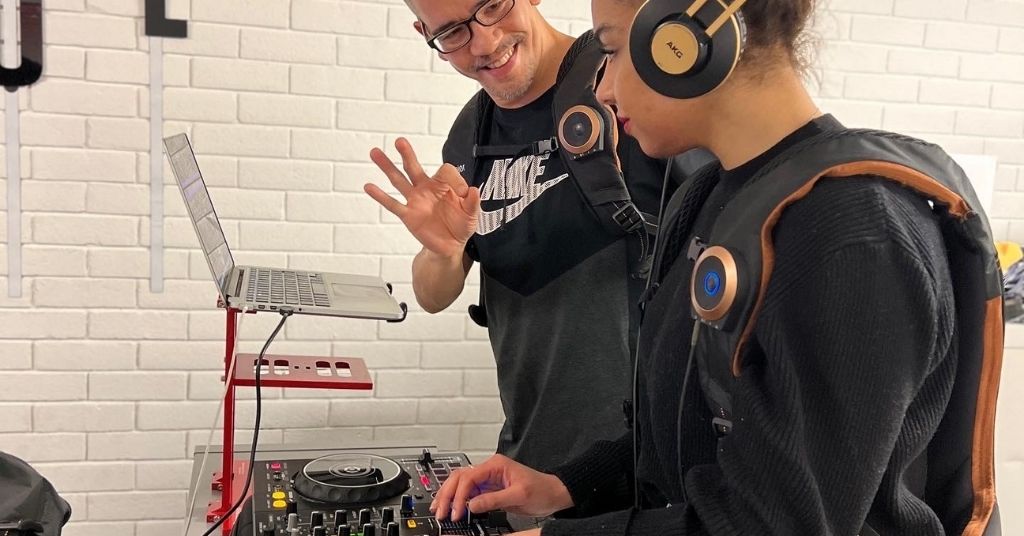
Can you read my lips?
December 8, 2015
Study: Aging Confidently May Help Your Hearing
December 10, 2015Overcoming Hearing Loss to Make Music Again

On Oct. 25, 2015, I did something I hadn’t done for more than 34 years. I performed my music in front of a live audience.
I had a successful music career in the ‘70s and ‘80s, but it ended when, by 1982, I had lost my hearing. This year, however, I made the decision to return to the recording studio and follow my musical passions again. Here’s my account of the event:
THE GOAL:
Test three decades of waiting, years of brain research and hearing aid advances, two years of ear training and vocal work, and countless audiologist visits. I was ready to test my muscle memory, new and older compositions, musical talents and confidence. I wanted to achieve my unbridled passion to play and sing in a public venue again.
THE EVENT:
A “house concert,” hosted by friends at their home, with 30 people in attendance. It would be supported by sales of my CD’s and other merchandise.
THE CHALLENGES:
My bi-lateral sensorineural hearing loss. I have hearing in one ear with a hearing aid, and tinnitus in both ears at a steady A or B flat, (with accompanying hissing, trains, whistles and assorted out-of-the-blue sounds.) All that as well as poor room acoustics, humidity, musical instrument sounds, and my voice with no amplification.
THE EQUIPMENT:
My Phonak Audeo V hearing aids with noise reduction and music programs, a Yamaha P115-88 key digital piano, two harmonicas and a pitch pipe.
THE PERFORMANCE:
Songs from my 1973 album, older material recorded but never released, new unrecorded material, and national advertising jingles composed during the ‘70s, including a popular parade theme for Disney from 1978. I also planned to include some humor and storytelling about my musical past, and my musical journey since losing my hearing in 1981. Juggling and plate spinning not included.

photo credit: Thomas Marshall
THE RESULTS:
A musical and entertaining display, but an imperfect vocal performance. It was a challenging effort to say the least, with very mixed results. I found difficulty in negotiating multiple sounds at once, as well as intermittent and longer gaps in vocal pitch.
ANOTHER ATTEMPT:
A second house concert was held Nov. 7, with the same set up as the first, which produced similar results.
PERSONAL ASSESSMENT:
With past successes, it was difficult to be exposed in that manner, but this is clearly a work in progress. Voice is strong, piano playing is entertaining, segments of the performance work well. A step forward and a friendly and appropriate testing ground to identify remaining pitch issues.
STRATEGY FORWARD:
Keep going. I’ll do another performance this month in Stockbridge, MA, where my music career began in 1971. These concerts are giving me the information and guidance I need to move forward. I’ll reshape the show to stress what is working, and spend time with my team to address pitch, sound and tech issues. These people include my Hearing Rehabilitation team, audiologist, vocal coach, audiologist and technician.
In the end, it wasn’t perfect, which is why I’ll make other adjustments as well, such as:
- Experiment with different music programs on my hearing aid.
- Rehearse with the ear monitors from a hearing research and development company in Chicago, dedicated to assisting musicians to protect their hearing.
- I have noticed that more musicians now wear ear monitors while performing rather than rely on external speakers that burn out hair cells.
- I’ve worked with the company and doctors to develop a set of ear monitors with a mixing board that I could use on stage and in the studio.
- In my good ear is an analog (not digital) hearing aid and a microphone. In the non-hearing left ear is a microphone that allows me to pick up sound on the left side and wirelessly transmits it to the good ear.
- A short test in the studio and during live performances has shown that I can hear the feed from my instrument and voice at the same time. While more refinements are needed, I’ve found this to be a very positive development.
- Employ a small amplifier and a microphone to put my voice and piano together into the monitors.
- If performing with the aid alone, employ a CROS II microphone for my left ear to gain the lower end of the keyboard (musical spectrum) where much of the damage to my hearing occurred.
- Rehearse with all equipment and make adjustments as needed.
- Focus on correct breathing while singing, and sing along with recorded music for pitch.
- Tape all rehearsals to hear, then close gaps between voice and piano.
- Repeat.
CODA:
Whatever I was able to do in taking these first steps could not have been done just six months ago. My progress is clear to me and my team and I trust it will be to my audiences again.
Inspiration and Encouragement:
I had two wonderful audiences who were enthusiastic and respectful of my efforts and continuing journey. Inspiration and encouragement are also coming from many others, besides my audiences. I also participate in the Association of Adult Musicians with Hearing Loss – a wonderful forum for musicians that elevates the conversation about musicians and hearing loss to an exceptional level.
The number of people with hearing loss and even deafness continuing their musical journeys is simply amazing.
Though difficult to confirm, Ludwig von Beethoven has been quoted as saying “To play (sing?) a wrong note is insignificant – but to play without passion is unforgivable.” If anyone understod this, it might as well have been Beethoven. Right now I’m killin’ my audiences with passion. Soon, I hope to be killing them softly with my song, too.
Onward!
Are you a musician performing again – or hoping to – after a hearing loss? Please share your experiences with me. Thanks.




